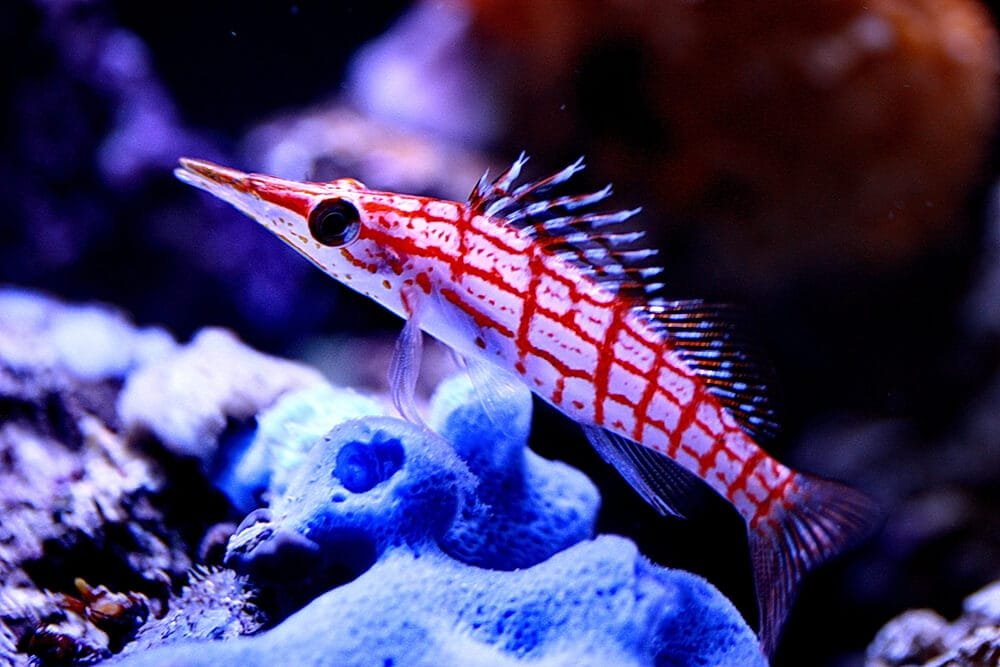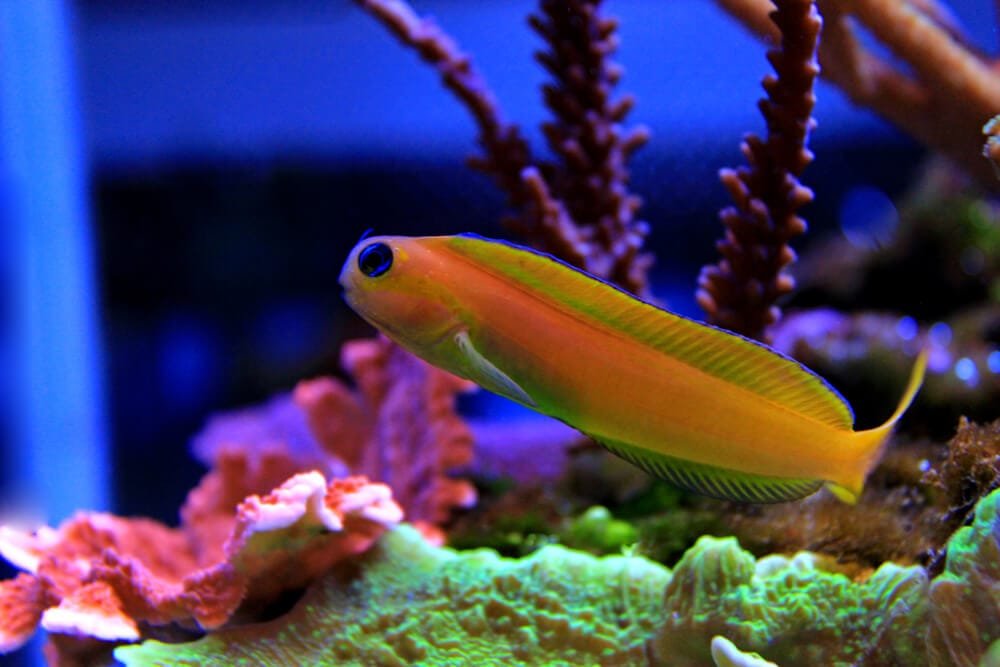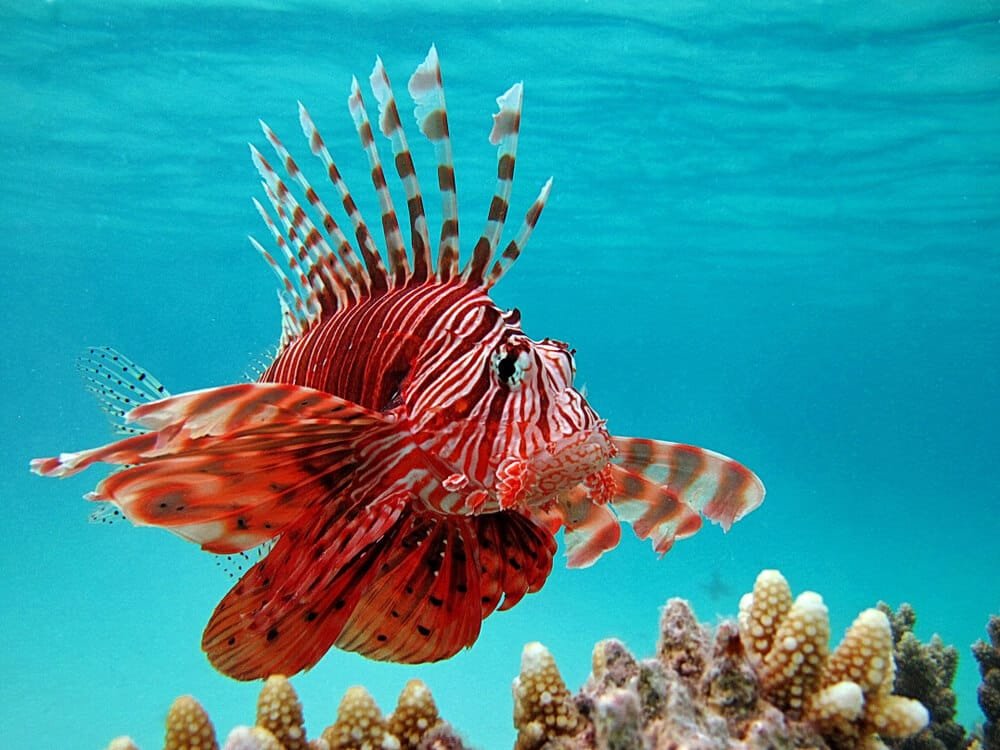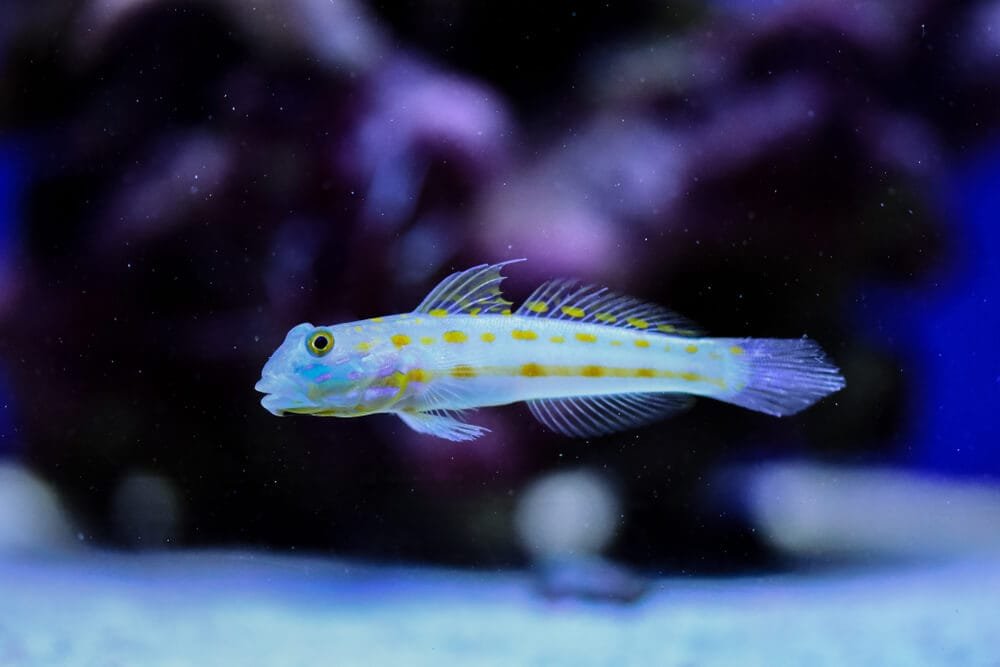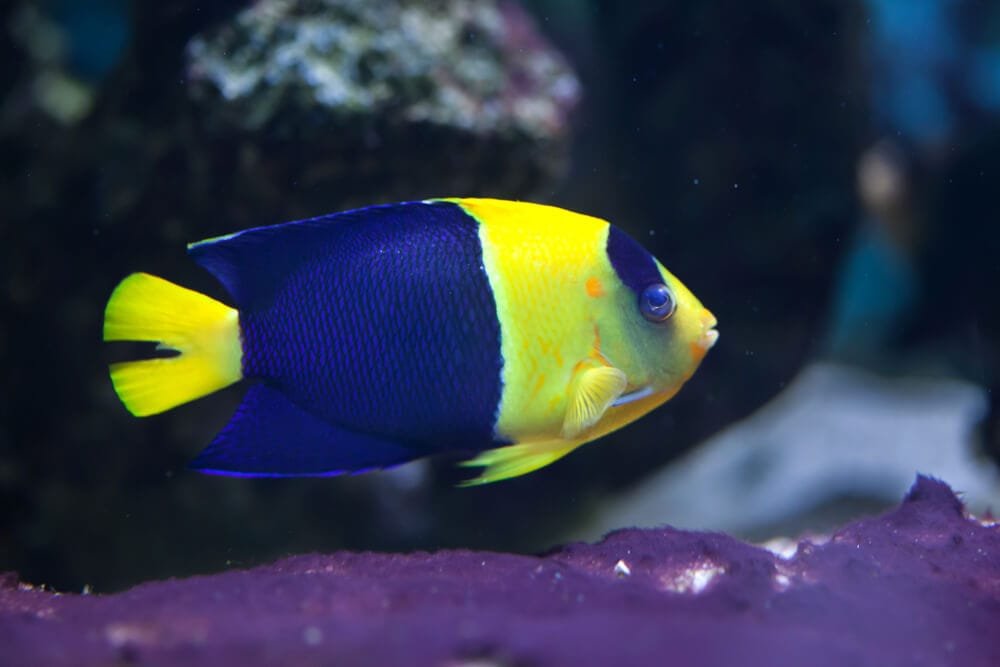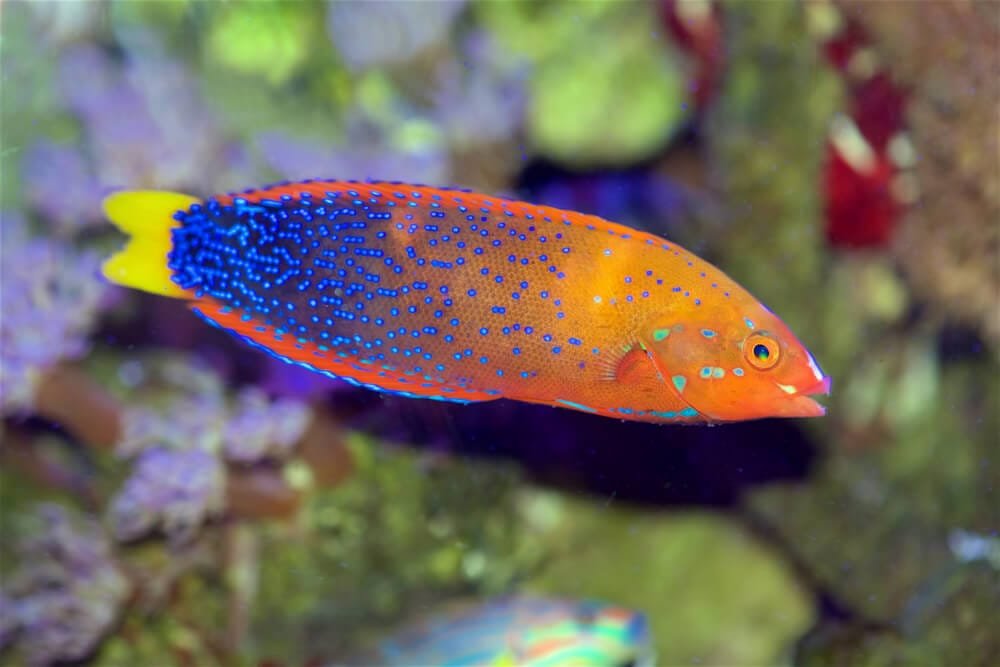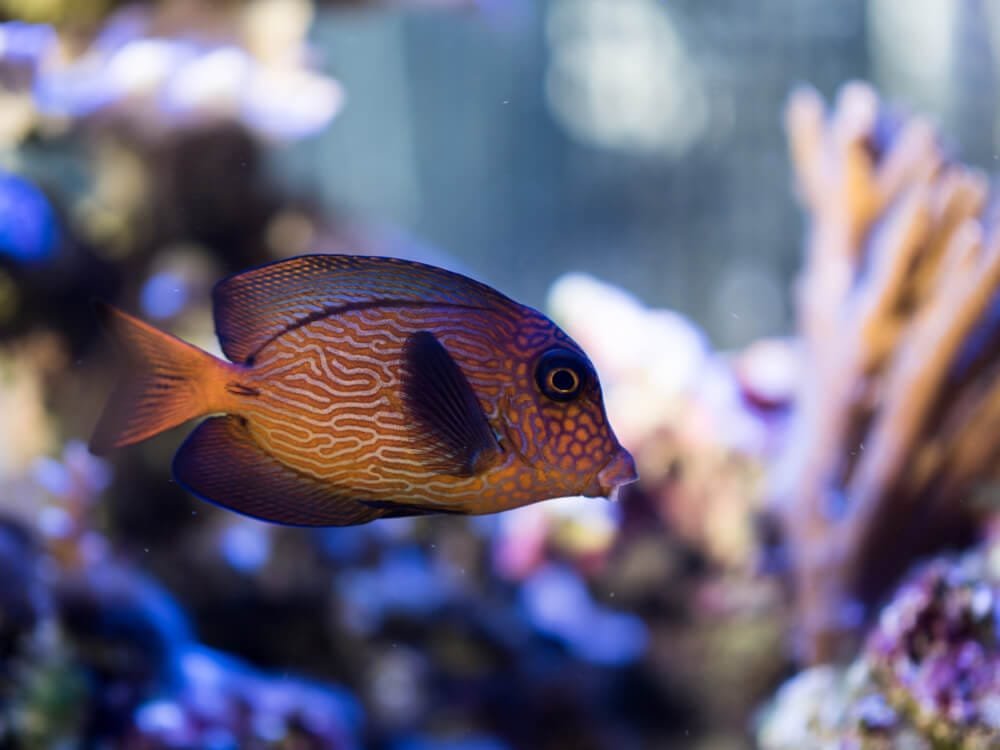Gem Tang: A Guide to Care, Behavior and Tank Requirements
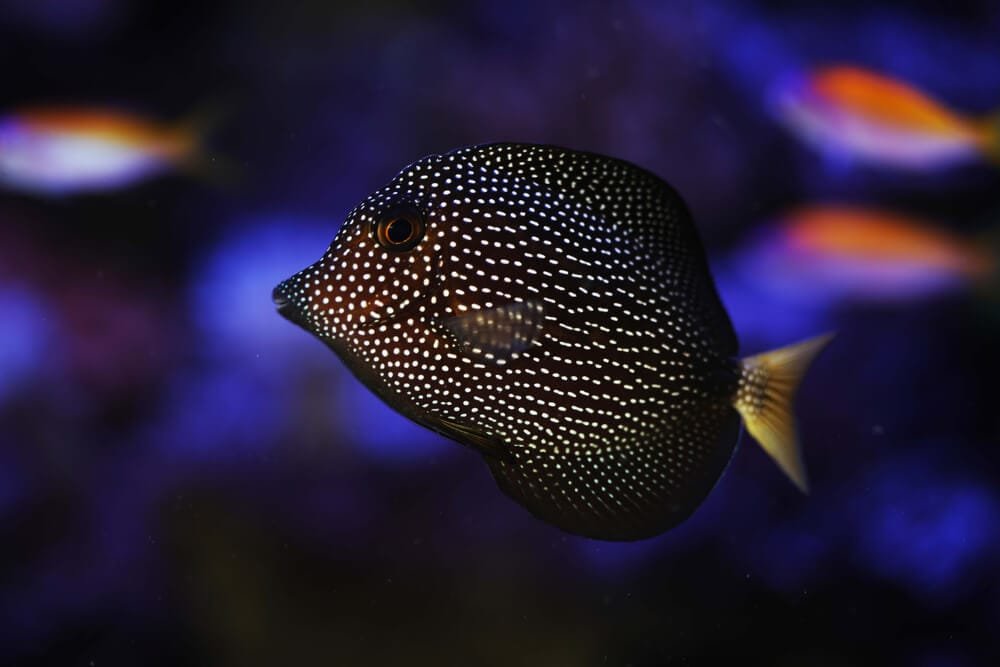
Gem Tang is a fascinating and exotic fish that captivates anyone who sets eyes on it. In this comprehensive guide, you will discover everything you need to know about caring for Gem Tang, understanding its behavior, and providing the ideal tank requirements. From feeding and water conditions to creating a suitable habitat, this article will ensure that you have all the information necessary to provide the best care for your Gem Tang. So, get ready to dive into the enchanting world of Gem Tang and become a knowledgeable and confident caretaker for this extraordinary species.
Gem Tang Care
Tank Setup
When setting up a tank for your Gem Tang, it is important to consider their natural habitat. These beautiful fish are found in the waters around Madagascar and Reunion Island, so you will want to recreate a similar environment in your tank. Provide plenty of swimming space by selecting a tank that is at least 180 gallons in size. Additionally, it is essential to have a tank with a length of at least 6 feet, as Gem Tangs are known for their incredible swimming abilities.
Water Parameters
Maintaining proper water parameters is crucial for the well-being of your Gem Tang. The ideal temperature range for these fish is between 76 to 82 degrees Fahrenheit. It is crucial to keep the water clean, as Gem Tangs are highly sensitive to water quality. Aim for pH levels of 8.1 to 8.4 and a salinity of around 1.025. Regular testing of ammonia, nitrite, and nitrate levels is necessary to ensure a healthy environment for your Gem Tang.
Temperature and Lighting
Gem Tangs thrive in tropical waters, so it is essential to provide them with the proper temperature and lighting conditions in your tank. Maintain a consistent water temperature within the recommended range of 76 to 82 degrees Fahrenheit. Ensure proper lighting with a combination of LED lights and sunlight, as this will help mimic their natural habitat and promote the growth of algae and beneficial organisms.
Feeding
Gem Tangs are primarily herbivorous, and their diet consists mainly of algae. It is crucial to provide them with a varied and balanced diet to maintain their health. Offer a mix of high-quality seaweed sheets, algae-based pellets, and frozen or fresh foods like spirulina and brine shrimp. Avoid feeding them excessive protein-rich foods, as this can lead to health issues. Offer food multiple times a day in small quantities to fulfill their dietary needs.
Tankmates
When considering tankmates for your Gem Tang, it is essential to choose species that are compatible with their peaceful nature. Avoid keeping them with aggressive or territorial fish, as this can lead to stress and aggression in the Gem Tang. Ideal tankmates include peaceful reef fish like gobies, anthias, and certain wrasses. It is crucial to research and choose tankmates carefully to ensure a harmonious tank environment for your Gem Tang.
Handling and Care
Gem Tangs are delicate fish, and it is important to handle them with care. Avoid touching or disturbing them unnecessarily, as this can lead to stress and injury. When performing tank maintenance or any necessary handling, use a gentle approach and minimize any direct contact with the fish. Remember to maintain a calm and soothing environment around the tank, as this will promote the overall well-being and health of your Gem Tang.
Gem Tang Behavior
Natural Behavior
Gem Tangs are known for their vibrant colors and graceful swimming patterns. In the wild, they are often found in small groups or as solitary individuals. They are relatively peaceful fish and prefer to avoid aggressive encounters. Gem Tangs are highly active swimmers, constantly exploring their surroundings and searching for food. Additionally, they are known for their territorial nature and may exhibit aggression towards other fish if they feel threatened or stressed.
Reproduction
The reproduction of Gem Tangs in home aquariums is challenging, and successful breeding has yet to be widely documented. In their natural habitat, these fish engage in courtship rituals, where males display their vibrant colors and perform elaborate dances to attract a female. Female Gem Tangs release a cloud of eggs into the water column, where they are fertilized by the males. The eggs then hatch into larvae, which undergo a complex process of development before becoming fully grown fish.
Aggression
While generally peaceful, Gem Tangs can display aggression towards other fish if they feel threatened or if their territory is invaded. It is important to provide ample hiding spaces and territories within the tank to minimize any potential aggression. If aggression becomes an issue, separating the aggressive fish or rearranging the tank decorations may help ease tensions. Maintaining a harmonious tank environment and choosing compatible tankmates can significantly reduce the chances of aggression.
Compatibility with Other Fish
Gem Tangs can coexist peacefully with a variety of fish species in a well-planned community reef tank. However, it is crucial to choose tankmates that are not overly aggressive or territorial. Peaceful reef fish such as gobies, cardinalfish, and fairy wrasses make excellent companions for the Gem Tang. Avoid keeping them with fish known for their territorial behavior, such as larger angelfish or aggressive triggers. Responsible research and careful selection of tankmates will ensure a compatible and peaceful tank environment for your Gem Tang.
Tank Requirements for Gem Tang
Tank Size
Providing an adequately sized tank is essential for the health and well-being of your Gem Tang. Due to their active swimming habits, a tank with a capacity of at least 180 gallons is recommended. Additionally, the tank should have a length of at least 6 feet to provide ample swimming space for these graceful fish. Adequate tank size will not only ensure the comfort of your Gem Tang but also prevent any territorial disputes that can arise from cramped conditions.
Filtration System
Maintaining excellent water quality is critical for the health and longevity of your Gem Tang. A robust filtration system is essential to remove any waste, maintain water clarity, and ensure proper oxygenation. Consider using a combination of mechanical, biological, and chemical filtration methods to achieve optimal water conditions. Additionally, regular water changes, sump filters, and protein skimmers can further enhance the efficiency of your filtration system.
Decorations
Creating a suitable environment for your Gem Tang involves carefully selecting tank decorations. Mimic their natural habitat by incorporating live rock structures, which provide hiding places and grazing surfaces for these herbivorous fish. Avoid sharp and jagged decorations that may pose a risk of injury to your Gem Tang. Remember to provide adequate swimming space and open areas for their active nature. Creating a visually appealing and comfortable environment will make your Gem Tang feel at home.
Water Quality Maintenance
Maintaining excellent water quality is crucial for the health and well-being of your Gem Tang. Regular testing of ammonia, nitrite, nitrate, pH, and salinity levels is necessary to ensure a stable and healthy environment. Weekly water changes of 10% to 20% will help remove any accumulated pollutants and maintain optimal water conditions. Additionally, regular cleaning of the filtration system, monitoring of temperature and lighting, and ensuring proper nutrient balance are essential for maintaining water quality in your Gem Tang’s tank.
With proper care, attention, and a suitable tank environment, Gem Tangs can thrive and bring beauty to your home aquarium. By providing the right tank setup, water parameters, and companions, you can enjoy the mesmerizing behaviors and vibrant colors of these fascinating fish. Remember to always prioritize the well-being and happiness of your Gem Tang, and you will be rewarded with a stunning and captivating addition to your aquatic family.
